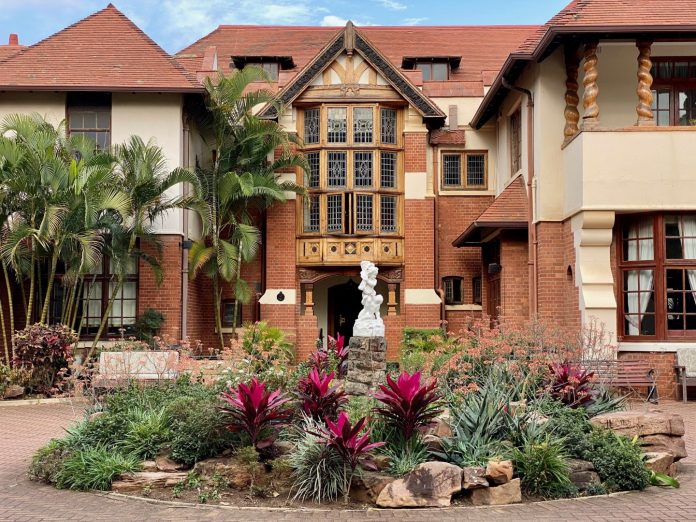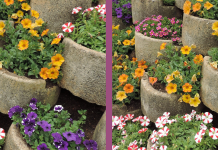Steeped in history, Musgrave Road’s exclusive retirement village Caister Lodge was once an iconic hotel famed for its ballroom and hosting some of Durban’s most elaborate vintage weddings and retro New Year’s Eve parties.
Anyone old enough to recall the early days of Caister Hotel in the heart of the Berea, will share – with great fondness – early evening after work drinks with wonderful views out over the city, glorious weddings, retro New Year’s eve shenanigans, indulging in fantastic tea and scones and even (as neighbours) peeping through the fence to watch visitors come and go.
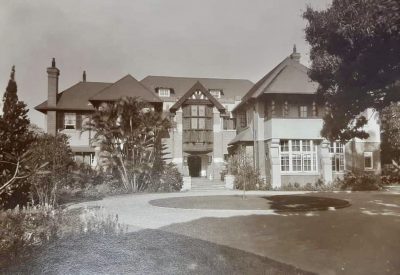
On special invite, we were given a first-class tour of Caister Lodge, the Grand Dame that began its historical journey as the princely villa of former Durban mayor and founder of the famed Greenacres department store, Sir Benjamin Greenacre, before it was transformed into what it is today… a sought after residence for those wanting to retire in secure, safe and tranquil surroundings.
Shortly before being bought by Sir Benjamin, the original brick building – built in the Tudor Revival style popular in late Victorian times – was designed by the architects Street-Wilson for Joseph Chiazzari in 1877. It was called Il Nido and later renamed Caister House after the town in Norfolk where Sir Benjamin was born.
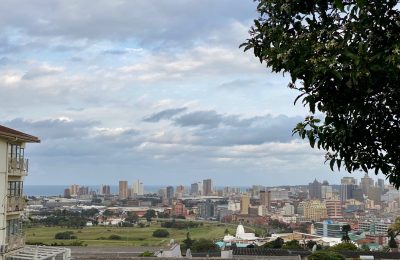
Back then it was built on 10-acres, extending from Currie Road to Essenwood Road, and boasted a garden with a unique collection of valuable orchids, imported from the East, as well as magnificent ferns. The stables for the horses and carriages were situated in what is now Caister Lane. Known as a business baron of the Berea – who’d made his mark in the city and was an instrumental influencer in his community – Sir Benjamin and his wife Lady Mary enjoyed regular entertaining at their beautiful home.

After Sir Benjamin’s death, the house was inherited by his son, Walter, who was actively involved in municipal matters and was a senator until 1924. He was a noted philanthropist, who converted Caister House into a convalescent home for wounded soldiers for the Red Cross during the first World War. Many of these soldiers were said to have written letters to their families, recalling merry, bright and glorious memories of their time spent in the home.

In 1923, Walter expanded the original building considerably to include modern hygiene, a spacious ballroom in which 60 couples or more could dance in comfort, and greenhouses for the garden. He did so while preserving all the homelike and domestic features of the old. It was only after Walter’s death in 1932 that the property was sold and went on to become the much-loved Caister Hotel – a first class, five-storey establishment adjacent to the house that saw countless aristocrats from England come to stay. It was also a popular wedding venue and dinner/dance spot among Durban residents for nearly half a century. In the 40s, 50s and 60s there were dinner dances every Saturday night and the biggest wedding recorded there was for 750 people.
In 1987, the hotel fell on difficult times, and the property was bought by Mayne and Van Der Linde to become Caister Lodge, an exclusive retirement village, and a year later it was declared a National Monument.
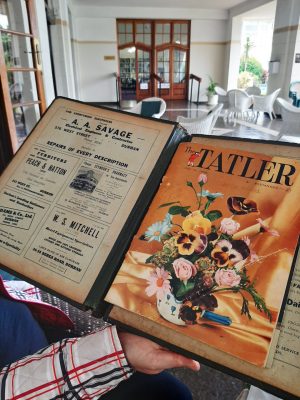
The architects of the retirement home cleverly drew their plans so that the original layout and interior design remained the same. The result … a residence that combines all the cosy geniality of a modern home with something of the solid character, the spaciousness and the charm of a manor of the olden days.
The house is on three floors, although its generous layout creates the impression that it’s a building of two storeys only. The rooms are spacious, especially on the ground floor, where, in addition to the main hall, there are dining and drawing room facilities, a library, breakfast room and staff apartments. The popular pub is situated in the original billiard room, the original ball room is now a dining room, still retaining its beautiful wood panelling, and the walls are decorated with old black-and-white photos from the Greenacre family photo album, now safely housed at the Killie Campbell library. There is even a marble bathtub in the current garden that was installed for the royal visit of Edward, the then Prince of Wales, in 1925.
The real ‘front’ of the Caister House faces the sea and commands a breadth of ocean that is incredible on its own. Here there are wide lawns, a large pool area, a generous covered verandah and sweet tranquillity that can almost persuade you that the bustle of the city is far, far away.
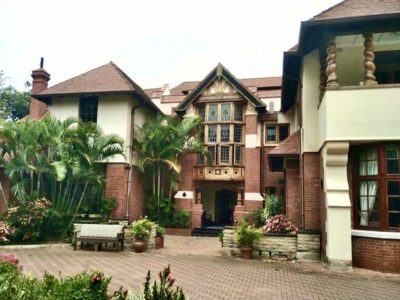
All that remains of the garden today are the two huge mango trees either side of the main entrance driveway, which still bear fruit, and the lovely sunken garden which was a popular spot for wedding photos during the 1940s and 1950s. One of the joys of the lodge today is the view from the verandah, where tea and scones always was, and still is, quite a thing.
Details: caisterlodge.co.za or 031 201 0212.

